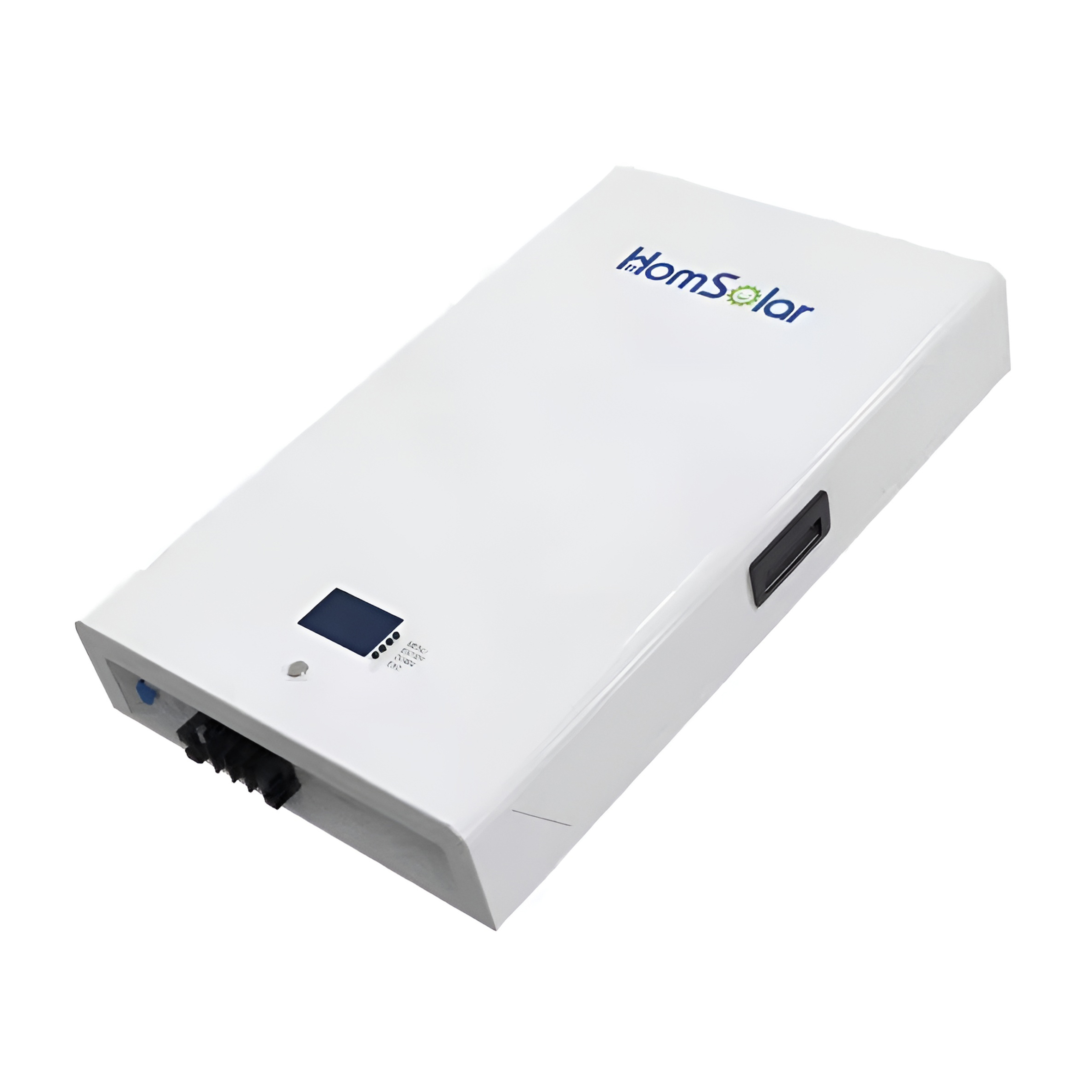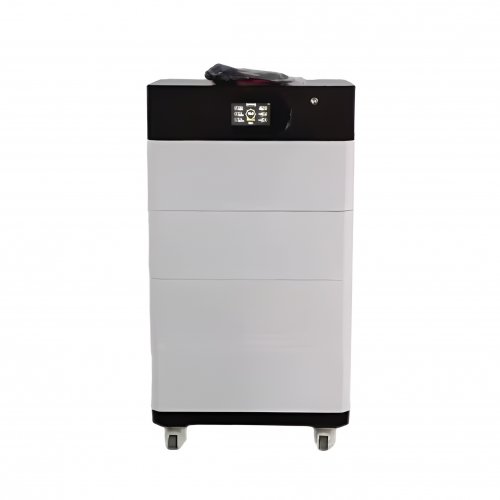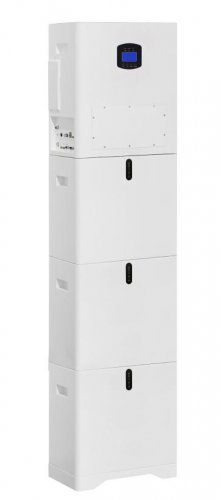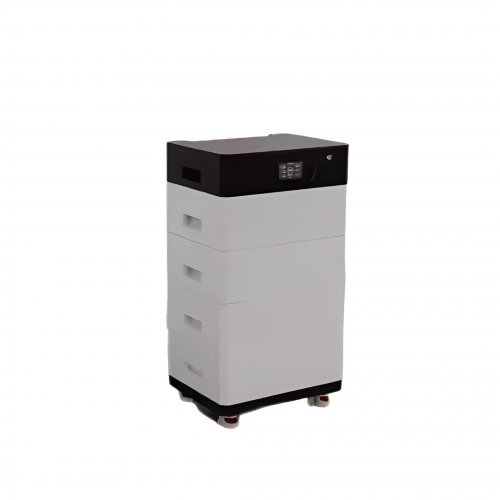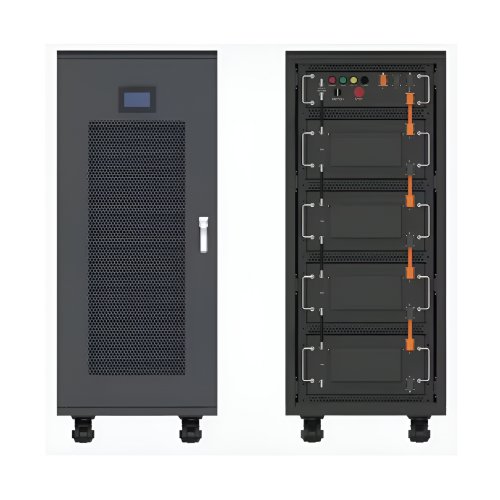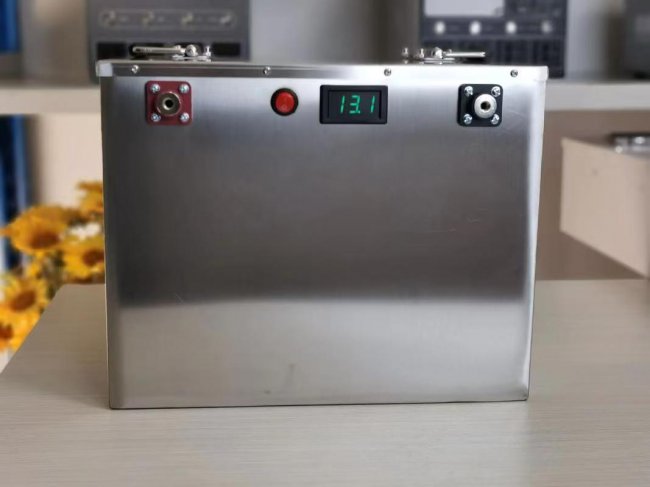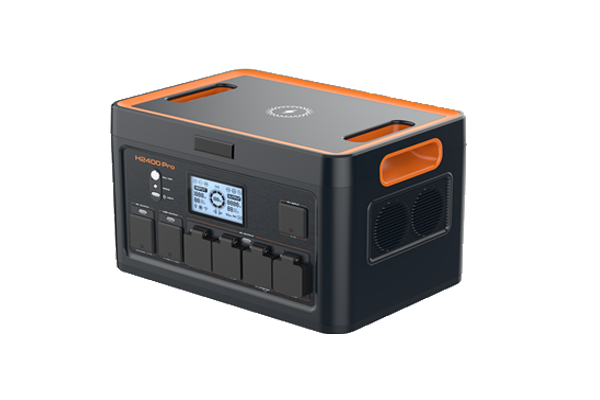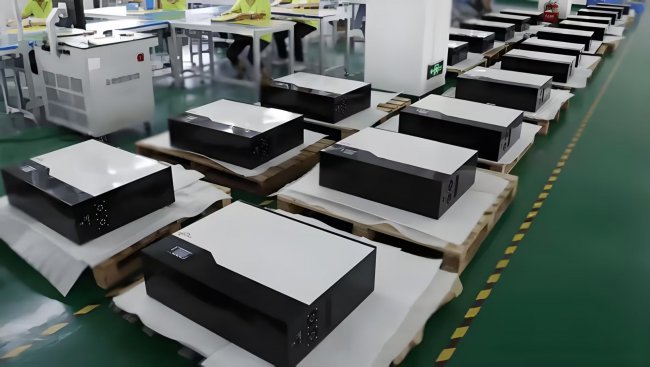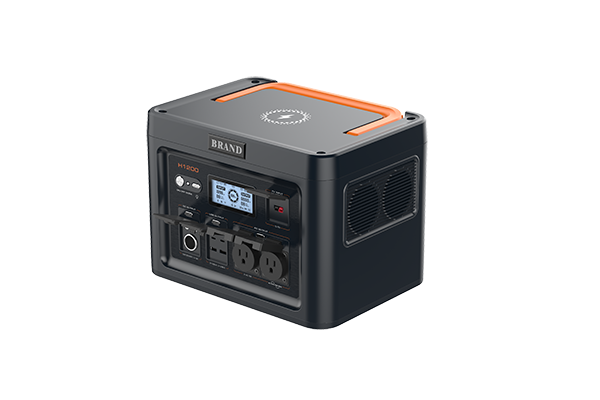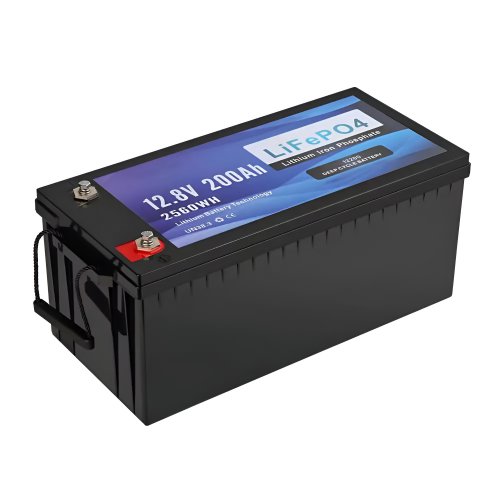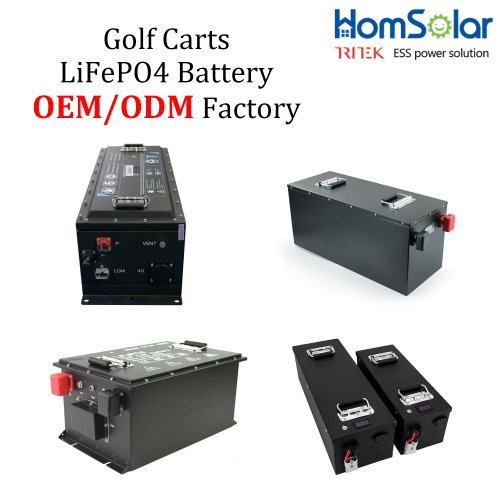Cathode Material News: Innovations And Supply Chain Dynamics Reshape The Battery Industry
The global push towards electrification and renewable energy integration has placed unprecedented focus on the advanced battery sector. At the heart of this transformation lies the cathode material, a critical component determining a battery's performance, cost, and sustainability. Recent industry developments indicate a period of intense innovation, strategic realignment, and growing scrutiny over the supply chain for key raw materials.
Latest Industry Developments: Beyond NMC Dominance
The lithium-ion battery market has long been dominated by the nickel-manganese-cobalt (NMC) family of cathode chemistries, prized for their high energy density. However, recent corporate and research announcements signal a diversifying landscape.
A significant trend is the accelerating adoption of Lithium Iron Phosphate (LFP) cathode material. Major automakers, including Tesla, Ford, and Volkswagen, are increasingly incorporating LFP batteries into their standard-range and mass-market vehicle models. This shift is driven by LFP's compelling advantages: lower cost, superior safety due to its thermal stability, and a longer cycle life. Crucially, LFP is free of cobalt, a mineral associated with significant supply chain risks and ethical concerns. Contemporary Amperex Technology Co. Limited (CATL) and BYD continue to lead in LFP innovation, with recent announcements focusing on enhancing the volumetric energy density of LFP cells through proprietary cell-to-pack (CTP) and blade battery designs.
Parallel to the LFP resurgence, high-nickel NMC (e.g., NMC 811 and 9-series) development continues. Companies like LG Energy Solution and Samsung SDI are pushing the boundaries to increase nickel content further, thereby maximizing energy density for the premium electric vehicle (EV) segment. The latest research focuses on mitigating the structural instability and reactivity that come with higher nickel content. Single-crystal cathode technology, where the cathode particles are composed of large, single crystals instead of many smaller ones, is emerging as a key solution. This structure reduces particle cracking during charging and discharging, leading to improved longevity and safety.
On the more experimental front, there is growing momentum behind next-generation cathode materials. Sodium-ion (Na-ion) batteries have transitioned from academic curiosity to commercial reality. Companies like CATL and HiNa Battery Technology are establishing initial production capacity for Na-ion cells, which utilize cathode materials based on layered metal oxides or Prussian white analogs. While their energy density is currently lower than that of lithium-ion, they offer a compelling alternative for stationary energy storage and low-speed EVs, leveraging the abundance and low cost of sodium.
Furthermore, the solid-state battery ecosystem is maturing, bringing new cathode considerations to the fore. Start-ups and established players are exploring high-capacity cathodes like sulfur or high-nickel NMC in conjunction with a solid electrolyte. The interface between the cathode and the solid electrolyte remains a primary research focus, with efforts centered on developing stable coating materials to enable the full potential of this technology.
Trend Analysis: Strategic Shifts and Supply Chain Pressures
Several overarching trends are shaping the cathode market's trajectory.
First is the intense focus on supply chain localization and diversification. Geopolitical tensions and the concentration of raw material processing, particularly for lithium and cobalt, in specific regions have prompted governments and corporations to act. The U.S. Inflation Reduction Act (IRA), with its incentives for domestically sourced and processed critical minerals, is a powerful force redirecting investment. This is catalyzing the development of new refining facilities and recycling hubs in North America and Europe, aiming to reduce reliance on a single geographic supply chain.
Second, sustainability is becoming a core competitive metric. The carbon footprint of cathode production is under increasing scrutiny from regulators and consumers. Lifecycle assessment (LCA) is now a standard part of cathode material evaluation. This is driving innovation in low-energy synthesis methods, the use of recycled materials, and the development of waterless or solvent-free electrode processing techniques. The industry is moving towards a circular economy model where end-of-life batteries are seen as a valuable source of cathode raw materials, a concept often termed "urban mining."
Third, the performance frontier is expanding beyond just energy density. While crucial for EV range, other parameters are gaining prominence. Fast-charging capability is a major battleground, requiring cathode materials and electrode architectures that facilitate rapid lithium-ion diffusion. Similarly, improving cycle life is essential for both EV durability and the economic viability of second-life applications in grid storage.
Expert Perspectives: A Cautiously Optimistic Outlook
Industry experts acknowledge both the challenges and opportunities in the cathode space.
"LFP's comeback is one of the most significant stories of the past two years," says Dr. Elena Rodriguez, a materials scientist at a leading European research institute. "It's not a question of one chemistry winning, but of the market segmenting. We are heading towards a portfolio approach where the optimal cathode is selected based on the specific application's priorities: cost, energy, power, or longevity."
On the topic of supply chains, Michael Chen, an analyst specializing in energy metals, offers a pragmatic view. "The IRA has fundamentally altered the investment calculus. We are seeing a wave of projects aimed at building mid-stream processing capacity outside of Asia. However, building a resilient supply chain is a multi-year endeavor. In the medium term, price volatility for lithium and nickel will remain a key challenge for cathode producers."
Looking further ahead, researchers are excited about the potential of advanced computational methods. "We are entering an era of materials design guided by AI and machine learning," explains Professor David Kim of a university in South Korea. "These tools can screen thousands of potential cathode compositions and structures in silico, predicting their properties and identifying the most promising candidates for synthesis. This dramatically accelerates the innovation cycle, which is crucial for meeting the ambitious performance and cost targets set for the next decade."
In conclusion, the cathode material sector is in a state of dynamic flux. The established hierarchy of chemistries is being challenged, driven by cost, safety, and supply chain imperatives. While the fundamental quest for higher energy density continues, it is now balanced by an equally important drive for sustainability, cost reduction, and supply chain security. The innovations emerging from labs and pilot lines today will define the performance and accessibility of the energy storage solutions that power our tomorrow.
Customized/OEM/ODM Service
HomSolar Supports Lifepo4 battery pack customization/OEM/ODM service, welcome to contact us and tell us your needs.


HomSolar: Your One-stop LiFePO4 Battery Pack & ESS Solution Manufacturer
Our line of LiFePO4 (LFP) batteries offer a solution to demanding applications that require a lighter weight, longer life, and higher capacity battery. Features include advanced battery management systems (BMS), Bluetooth® communication and active intelligent monitoring.

Customised Lithium Iron Phosphate Battery Casing
ABS plastic housing, aluminium housing, stainless steel housing and iron housing are available, and can also be designed and customised according to your needs.

HomSolar Smart BMS
Intelligent Battery Management System for HomSolar Energy Storage System. Bluetooth, temperature sensor, LCD display, CAN interface, UART interface also available.


Terminals & Plugs Can Be Customized
A wide range of terminals and plugs can be customised to suit the application needs of your battery products.

Well-designed Solutions for Energy Storage Systems
We will design the perfect energy storage system solution according to your needs, so that you can easily solve the specific industry applications of battery products.



About Our Battery Cells
Our energy storage system products use brand new grade A LiFePO4 cells with a battery lifespan of more than 4,000 charge/discharge cycles.



Applications in Different Industries
We supply customized & OEM battery pack, assemble cells with wiring, fuse and plastic cover, all the cell wires connected to PCB plug or built BMS.
Applications: E-bike, Electric Scooter, Golf Carts, RV, Electric Wheelchair, Electric Tools, Robot Cleaner, Robot Sweeper, Solar Energy Storage System, Emergency Light, Solar Power Light, Medical Equipment, UPS Backup Power Supply.
We can provide you with customized services. We have the ability to provide a vertical supply chain, from single cells to pack/module and to a complete power solution with BMS, etc.


HomSolar (Shenzhen) Technology Co., Ltd







